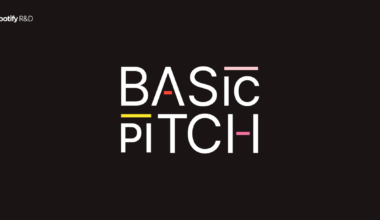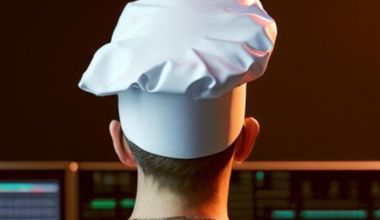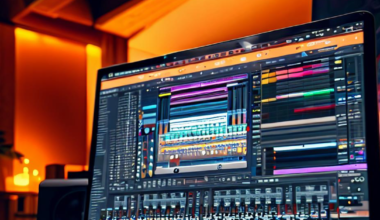
Are you new to creating beats or an experienced beatmaker looking for the perfect BPM for trap music? With a plethora of answers out there, I’ve put together this ultimate guide to help you find the right BPM for your tracks. This will help when trying to identify your genre or sub-genre or stand out from the crowd while selling beats on platforms like Airbit.
I’ve analyzed hundreds of songs across various trap eras, sub-genres, and producers to bring you a definitive answer.
The Average BPM of Trap Music
The average tempo of trap music is around 140 BPM (beats per minute), with popular tracks falling within the range of 130-150 BPM. However, some trap songs can be as slow as 100-130 BPM or as fast as 150-200 BPM.
Normal BPM Time vs. Double (DAW) BPM Time
The confusion surrounding the ideal tempo for trap music often arises from producers setting their DAW (Digital Audio Workstation) metronome at double the speed of the actual trap beat. This method helps with programming faster percussion rolls and can make it easier to play parts live by hearing more of the time subdivisions.
Normal BPM is determined by assigning the main snare hits to beats 2 and 4. Most trap songs have a normal BPM of around 70 BPM, but the DAW should be set to 140 BPM.
Double BPM, or “DAW BPM,” is found by doubling the normal BPM or tapping the beat while keeping the snare or clap hits on beat three. Most trap producers tend to use the double BPM for programming fast drum rolls or feeling the subdivisions better.
The Exception: “Half-Time Feel”
Some tracks, like Drake’s “No Long Talk,” have a half-time feel. These songs contribute to the confusion surrounding the ideal BPM for trap music. However, understanding the BPM of different trap sub-genres can help you achieve the right sound for your beats.
Trap Hip-Hop BPM Examples
I’ve compiled a list of examples showcasing trap songs within the common BPM range of 135-150. Additionally, I’ve included examples of slower and faster trap songs, highlighting how BPM can influence the overall vibe of your beat.
Slower Trap Songs – 97-129 BPMs
Examples of slower trap songs include Bryson Tiller’s “Been That Way,” Drake’s “No Long Talk,” and Cardi B’s “Bodak Yellow.”
Faster Trap Songs – 161-185+ BPMs
Faster trap songs include T.I.’s “24’s,” Quavo’s “Slay,” and Young Thug’s “The London.”
BPMs of Trap Sub-genres
As this is a platform for producers and beatmakers, the lists above mainly focus on rap-oriented trap music, which is most relevant for those creating beats for vocalists to use. However, it’s also beneficial to be familiar with the tempos of other trap-based genres:
R&B Trap BPMs
If you’re looking to make an R&B-infused trap beat, which might include sung vocals and a mix of rapping and singing, try starting with slower BPMs in the 100-130 BPM range on your DAW. Although many contemporary R&B-style trap beats can be faster, R&B Trap generally leans towards slower tempos.
Latin Trap BPMs
The BPMs of Latin Trap vary significantly because each Latin music style has a different BPM range. Since Latin styles are based on dance tempos, the BPM is a defining factor in these styles.
For instance, reggaeton typically falls within the 90-100 BPM range, so reggaeton trap should be in a similar tempo range.
Each Latin style has a more precise BPM range, so it’s advisable to familiarize yourself with the various BPMs of Latin styles, which can then translate to Latin Trap. If you want to make a salsa trap beat, learn the BPMs of salsa, and so on.
EDM Trap BPMs
If you want to create a “traditional” EDM Trap track, set your DAW BPM to around 150* and stay within the 135 to 170 range.
Future Bass BPM For Trap Music
Future Bass tempos are quite varied. After listening to over 25 popular future bass tracks, there’s little consistency in tempo range. If you’re looking to create future bass and wondering about the BPM, I suggest finding the BPM of some of your favorite tracks too.
The BPM Doesn’t Define Trap
Although knowing the BPM is essential for serious producers, it is not the defining factor of the trap genre. Trap music requires elements like hi-hat rolls, an 808 bass, dark chords, and textures or loops. As long as the vocalist is comfortable with your beat, you can creatively experiment with any BPM you want.
In conclusion, while there is no right or wrong BPM for trap music, you can use this knowledge of common BPMs used by various artists, producers, and time periods to achieve the sound you desire in your beats.





